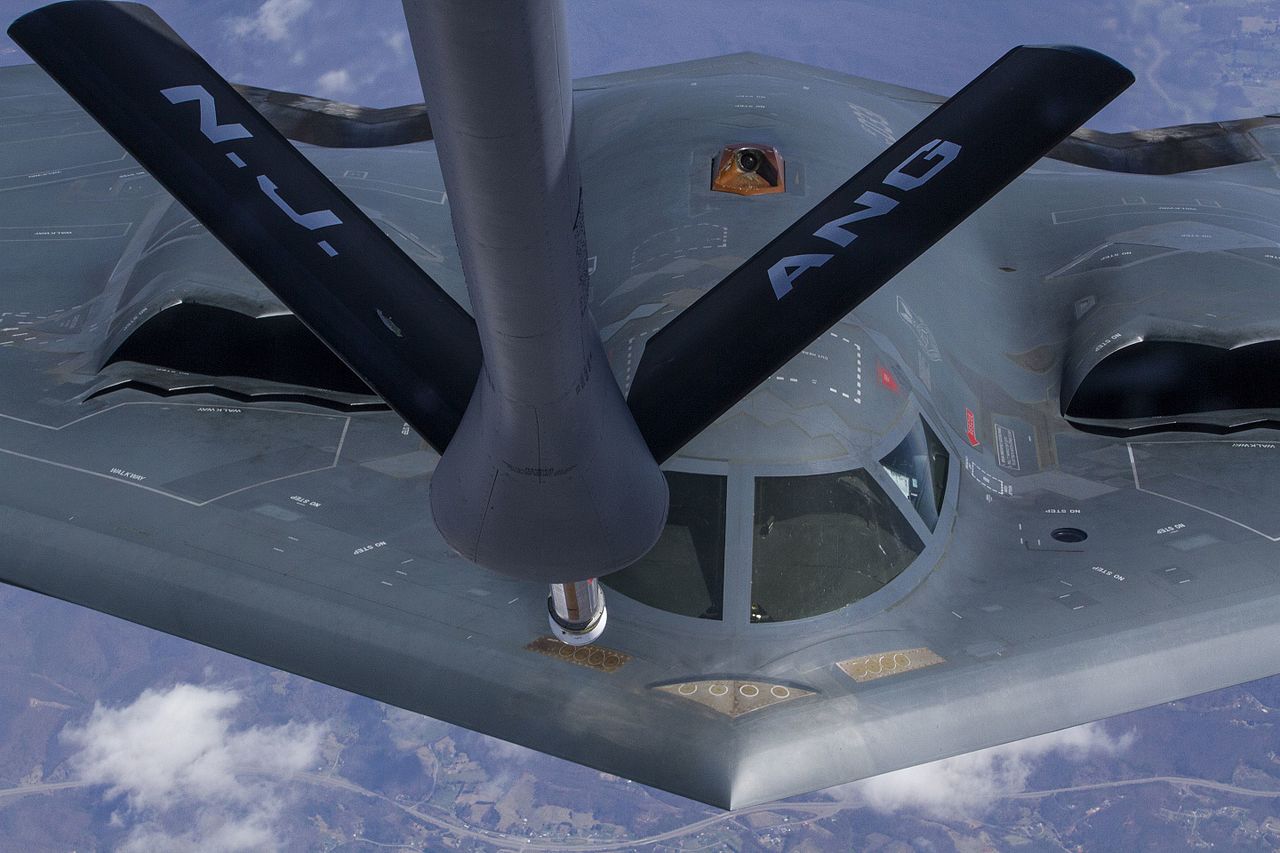When it first took flight more than thirty years ago, the B-2 Stealth bomber was at the cutting edge of technology. Its single-wing radar-deflecting shape was coupled with state-of-the-art avionics. Today the B-2 is facing retirement within a decade, because weapons development never stands still.
The US Air Force has identified a new threat, that of an electromagnetic pulse attack, also known as an EMP. It is the type of shock wave released from the detonation of a nuclear device, or from a naturally occurring geomagnetic storm, which could disrupt power and onboard computer systems.
The greater fear, set out in consultation documents, is that an EMP weapon is currently being developed by the Russian and Chinese military.
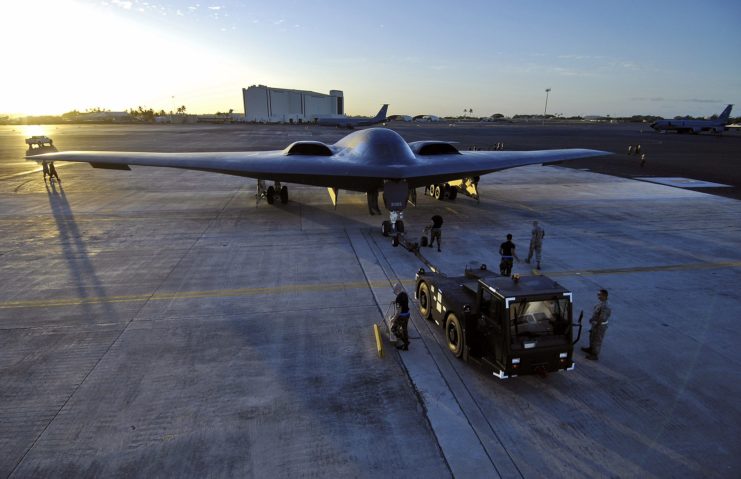
It has been suggested that military intelligence is aware of warheads developed by both parties that are capable of traveling at Mach 20 and delivering an air blast over North America that could wipe out the US power grid for at least a year. Dr. Peter Pry, director of the EMP Taskforce on National and Homeland Security said these weapons could, ‘win World War III at the speed of light.’
In response, the US Air Force Materiel Command has posted a solicitation on its acquisition and awards website looking for proposals from tech companies capable of developing systems which could withstand a putative EMP. Brian Brackens, a spokesman for the AFMC confirmed that the military was looking at a ‘capabilities package’ to optimise the survivability of the B-2 Stealth bomber in theatre.
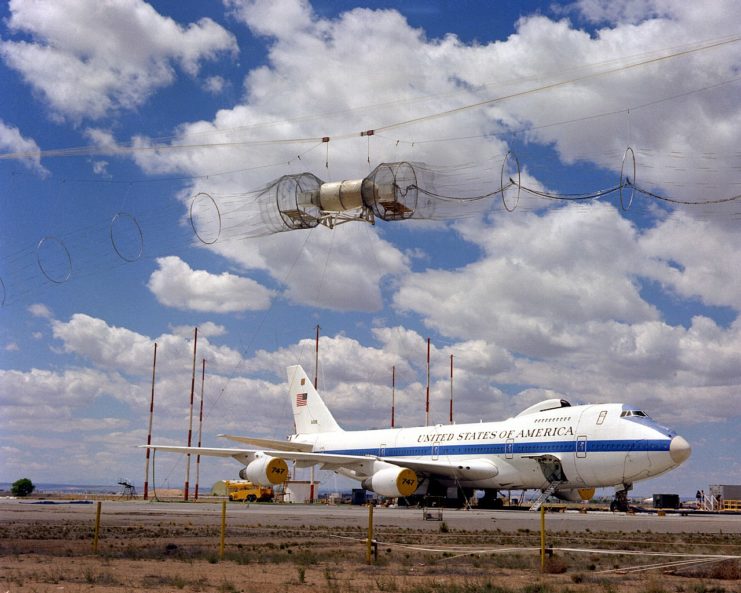
While the request deadline for submission by interested parties is now closed, the AFMC said that, ‘the B-2 system program office is continuing modernization efforts on our current fleet to maintain our nuclear command, control, and communications (NC3) capacities.’ The office did not rule out further requests on the portal in the near future.
The US government has also been concerned that the hypothetical threat from an EMP weapon could be used against essential infrastructure such as the national power grid, other military equipment or installations.
While the avionics in the B-2 bomber are already ‘hardened’ to cope with conventional weapons, the upgrade is also expected to deliver. ‘innovative ways to integrate modern weapons capabilities in order to increase survivability in an anti-access/area denial environment.’ Anti-access/area-denial, also referred to as A2/AD, describes military systems designed to prevent enemy assets from using a certain sector of land, sea or airspace.
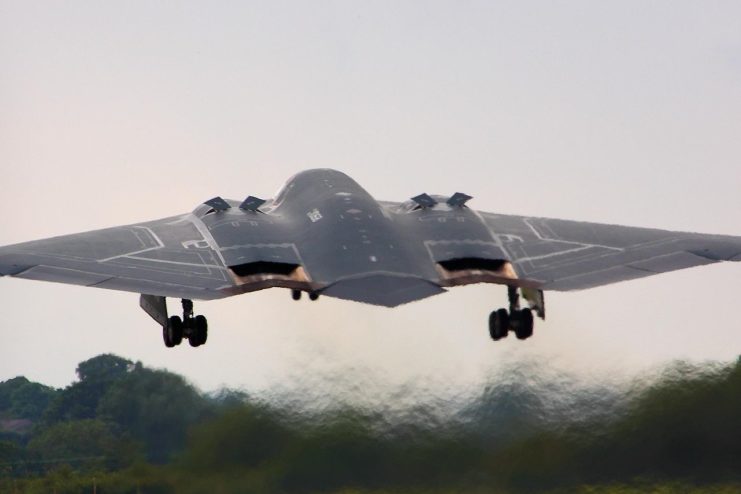
Despite the open call, Brian Brackens was at pains to point out that the B-2 was continuously being improved and refined as new information and new technology came to the table. For national and operational security reasons, we likely will not learn too much about these tweaks until long after the last B-2 has been retired, starting in 2032.
What we do know, however, is that the B-2 did undergo EMP testing at the Tinker Air Force Base Compass Rose Test Facility in Oklahoma. The 555th Software Engineering Squadron used an antenna to send electromagnetic energy right through the bomber.
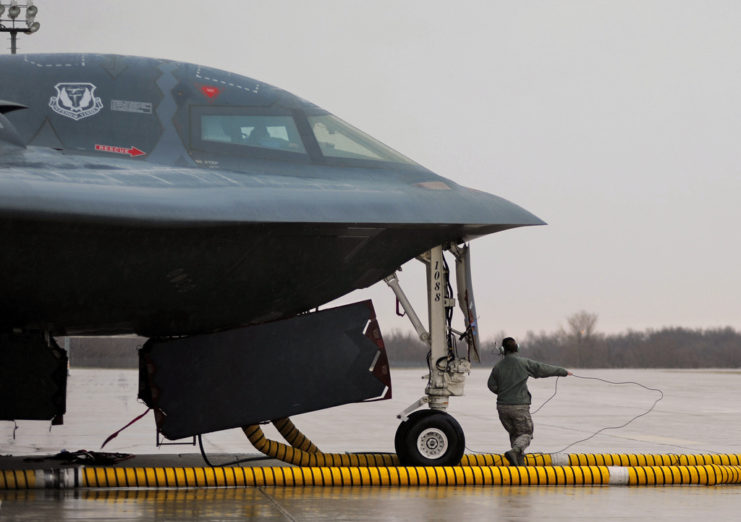
The tests were in line with the expectations of the 2017 National Security Strategy. The tests were performed to observe whether there was any damage, specifically to electrical components.
The B-52H Stratofortress, nuclear bomber, has already undergone similar testing and is expected to remain in service until beyond the middle of the century. There are currently more than seventy aircraft currently in service in the USAF.
Another Article From Us: Undiagnosed Military Veterans And First Responders Finally Have A Voice Thanks to Gary Sinise
The successor to the original stealth bomber will be the B-21 Raider which is expected to enter service in the middle of the next decade. It is expected to begin operational capabilities at the Ellsworth Air Force Base, South Dakota, where it will take on a primary training role.
